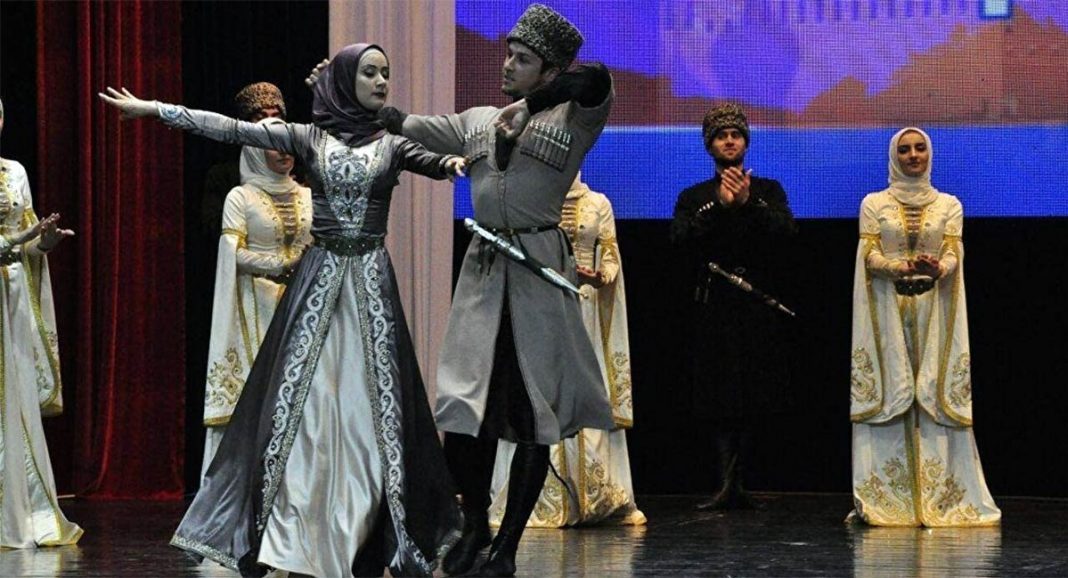Chechen traditional musical culture, like any other national culture, is universal. This culture was and exists thanks to various connections with the culture of neighboring regions. But the mutual influence and mutual enrichment of the cultures of the people of Chechnya and other peoples has been especially widespread in recent years - the years of the second half of the twentieth century and the twenty-first century. Today, there is a clearly noticeable tendency to form cultural communities in Chechnya, and especially with the musical culture of the Russian people. At the same time, the universality of culture allows Chechens to find a common language of communication and interaction, their place in the large volume of cultural diversity of a multinational state.
Music is the most ancient form of art, which has always been perceived as the language of human feelings, passions, and the human soul. One of these ancient genres of Chechen music is their song culture, called “illi”, otherwise known as “yish”. Heroic-epic songs about the exploits of heroes, friendship and loyalty were performed to the playing of the “dechig-pondura” instrument. But often songs were performed without musical accompaniment, such as “belkhamash” (ritual songs and laments), “uzamash” (vocal improvisations) or “esharsh” (songs on various topics).
Musically, these were works that have much in common with each other: in harmonies, frets and the structure of melodies. For the performance of Chechen instrumental music (military and software-instrumental), many instruments were used: stringed, stringed, wind and percussion. Today, accordion, bayan and harmonica are also used with success in such music.
Chechen dance music is extraordinarily rich. She was always completely different in terms of melody and tempo, which was determined by a wide variety of Chechen folk dances.
In the Chechen dance there is always a dramaturgic plot and plot. The basis of such a plot can be any ancient legend or folk custom, for example, a peace treaty on the cessation of inter-tier hatred, thrown by a woman with a handkerchief. Its unusual manner of performing such dances, unlike any other dance in the world, is inherent in the Chechen dance. There is no arrogance, laxity, not inherent in the mentality of dance movements.
Well, the most famous Chechen dance is the lezginka, a dance without a song beginning and having many Caucasian versions, right up to its own in each aul.
Traditional Chechen musical culture has undergone significant changes, enriched and spread throughout the world in the twentieth and early twenty-first centuries. After the revolution, the Moscow composer A. Davidenko recorded and published Chechen folk songs in the villages. Many Soviet composers created their works using Chechen folklore as a basis (“Suite for string quartet on Chechen-Ingush themes” by N. Rechmensky, “Dzhigitovka” by M.V. Koval, “Chechen Suite” by A.A. Davidenko, etc.) . A huge contribution to the development of Chechen music in Soviet times was made by the conductor, pianist, and first mountain composer G. Mepurnov. Honored Artist of the Chechen Autonomous Soviet Socialist Republic A. Khalebsky worked a lot on arrangements of Chechen folk dances and songs for orchestra; he also wrote choral works and suites based on Chechen songs. One of the first Chechen composers whose work was directly related to Chechen folk music is Umar Dimaev, who wrote more than thirty original musical works and hundreds of arrangements of various Chechen melodies. We also cannot forget about the contribution to the development of Chechen music by composers Umar Beksultanov, Adnan Shakhbulatov and Said Dimaev.
Chechen musical folk traditions are still alive today. Therefore, the development of the musical culture of the republic is on the right track. And do not stop him.
Photo: https://sputnik-georgia.ru







